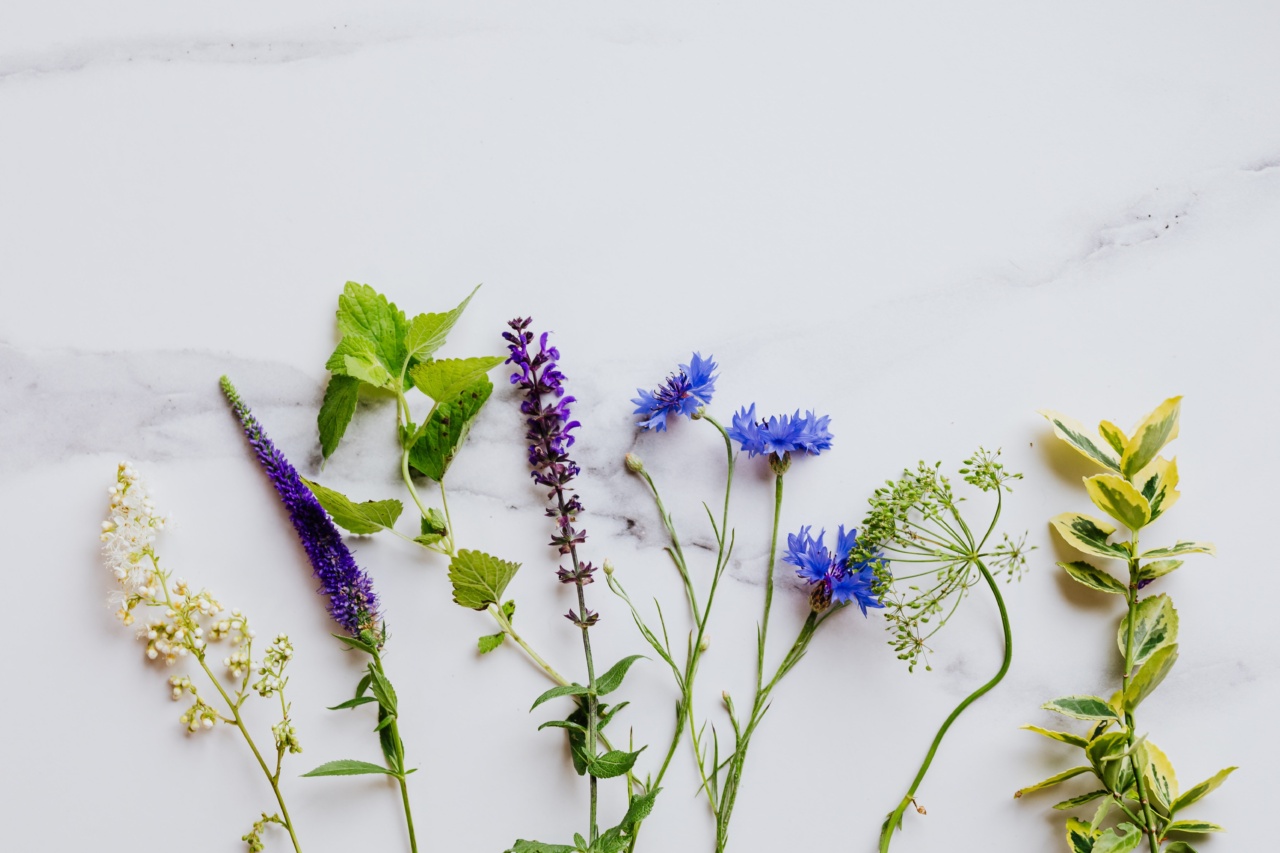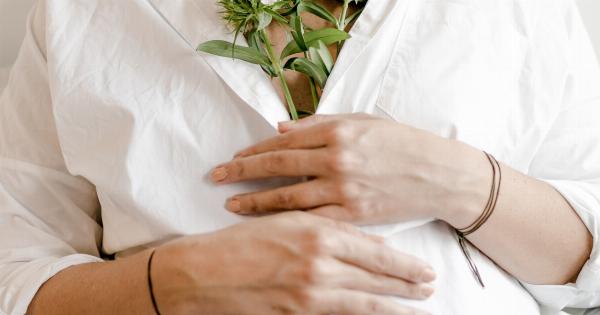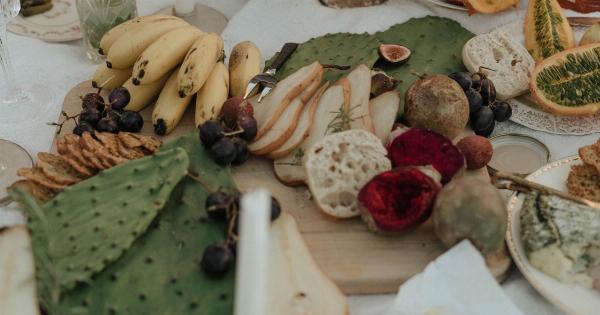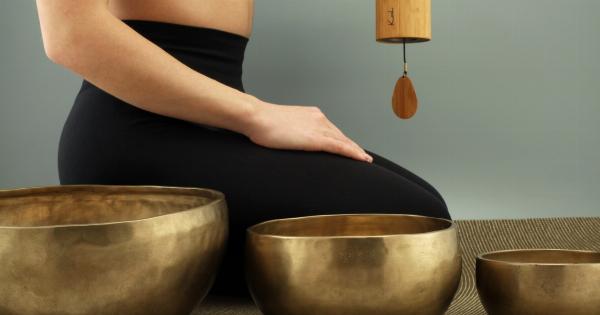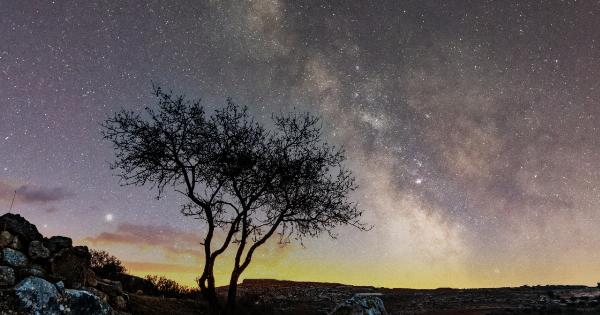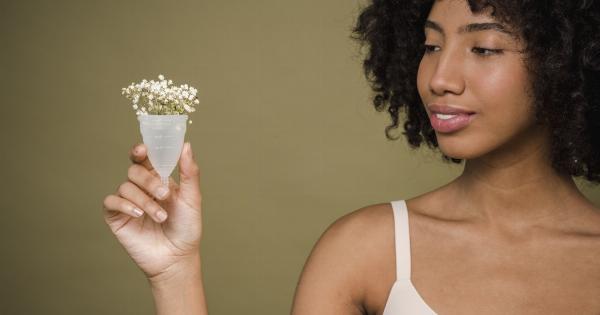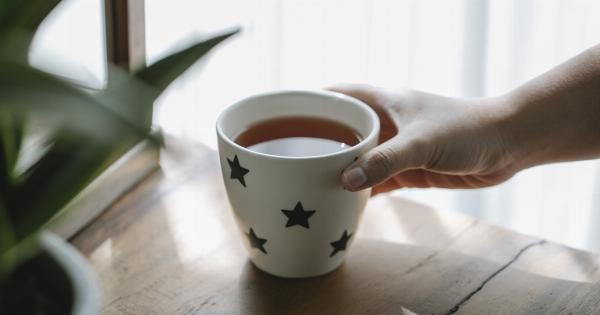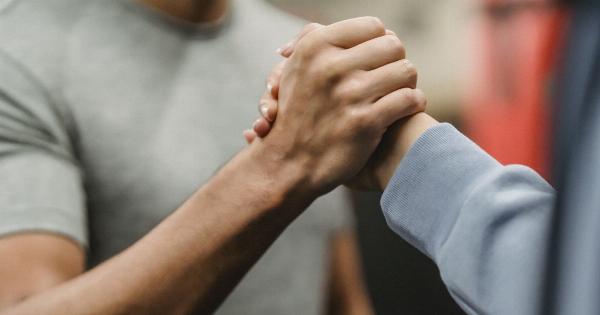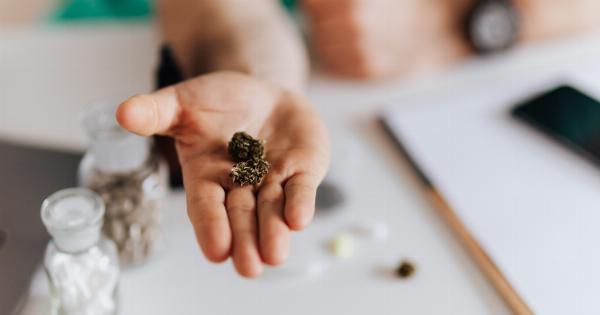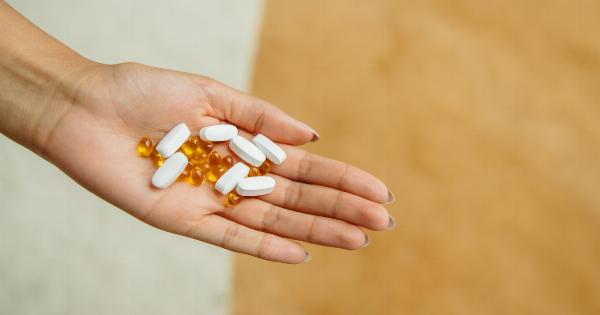Herbs have been used for centuries to promote health and vitality. Through the use of video, we can share the knowledge and power of medicinal herbs with a broader audience.
In this article, we will explore the power of five medicinal herbs that have been used for centuries and how video documentation can help in spreading awareness.
Basil
Basil is a commonly used culinary herb, but it also possesses medicinal properties. Basil leaves contain compounds such as eugenol, which help in combating inflammation and reducing microbial growth.
Furthermore, basil is a rich source of antioxidants, which help in protecting the cells from damage caused by free radicals.
Video documentation can help in showcasing the different types of basil and how they can be used for making herbal teas, tinctures, and poultices.
By documenting the step-by-step process of making herbal remedies from basil, we can encourage more people to use this herb to enhance their well-being.
Chamomile
Chamomile is a well-known herb for promoting relaxation, reducing stress and inducing sleep. It contains a compound called apigenin, which helps in binding to specific receptors in the brain that have a calming effect.
Chamomile also possesses anti-inflammatory and anti-bacterial properties, which help in reducing inflammation and fighting infections.
A video showcasing the preparation of chamomile tea or chamomile oil can be useful in spreading awareness of its medicinal benefits.
The video can also highlight the role of chamomile in reducing anxiety and promoting relaxation, making it an ideal herb for those who have trouble sleeping or dealing with stress.
Ginger
Ginger is a potent medicinal herb that has been used for centuries in Ayurvedic and traditional Chinese medicine. Ginger contains compounds such as gingerols and shogaols, which help in reducing inflammation, improving digestion, and reducing nausea.
Through video documentation, we can showcase the different ways ginger can be used, such as preparing ginger tea, ginger syrup, or ginger-based ointments.
The video can also highlight the role of ginger in reducing postoperative nausea and vomiting, making it a valuable herb in the medical field.
Lavender
Lavender is a fragrant herb that possesses soothing and calming effects. It contains compounds such as linalool and linalyl acetate, which help in reducing anxiety, promoting relaxation, and improving sleep quality.
Lavender also has anti-inflammatory and antifungal properties.
A video showcasing the preparation of lavender oil, lavender tea, or lavender-based balms can be useful in showing the benefits of using lavender as a medicinal herb.
The video can also promote the use of lavender in aromatherapy, which has been shown to reduce stress and anxiety.
Turmeric
Turmeric is a bright yellow spice that is a common ingredient in some traditional Indian dishes. It contains a compound called curcumin, which has potent antioxidant and anti-inflammatory properties.
Curcumin has been found to be helpful in reducing pain, improving brain function, and protecting the heart.
Video documentation can help in showcasing the different ways turmeric can be used, such as preparing turmeric tea, turmeric-based ointments, or turmeric supplements.
The video can also highlight the role of turmeric in reducing the risk of chronic diseases, making it an ideal herb for promoting long-term health.
Conclusion
Herbs have been used for centuries for their medicinal properties. Through video documentation, we can share the knowledge and power of medicinal herbs with a broader audience.
By showcasing the different ways herbs can be used for promoting health and well-being, we can encourage more people to incorporate herbs into their daily routine.
